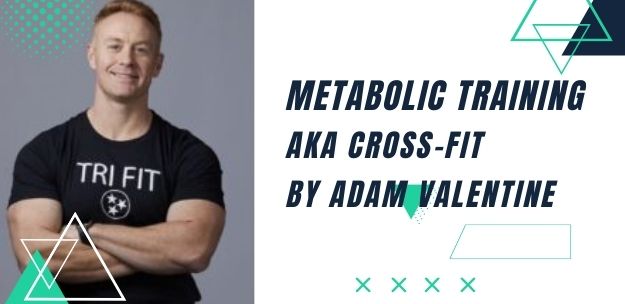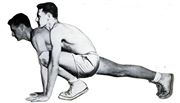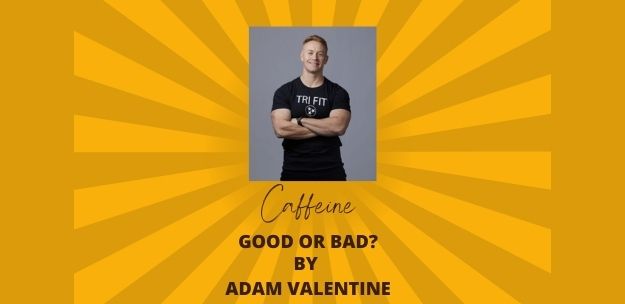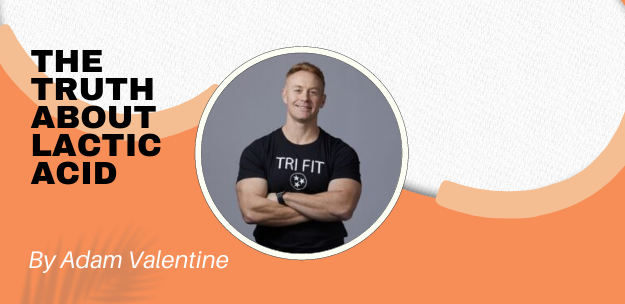
Metabolic Training AKA Cross-fit
Metabolic Training AKA Cross-fit By Adam Valentine “The latest and greatest” The time has come folks, and a new fitness regime has risen. It’s
By Barry Campbell
The buzz word in the gym and in the personal training world these days is functional training. It has many meanings to many people in the training industry. It is very different from the long time norm of sitting still in one place and moving a desired weight through a given path.

To define functional training you would have to say it’s exercises that make the body use different groups of muscles in athletic, balanced coordination to achieve an outcome. It has its start in Physical Therapy as a way to get clients back into the work force. The training emphasizes the body’s natural ability to move in three planes of motion. The movement usually involves more core stability and control than traditional exercises, thus training your core in a multitude of angles.
Let’s take a look at some of the most important benefits of functional training:
We train many of our clients in this fashion and find it a very refreshing break from the norm. My understanding and training in functional training has come from a variety of sources including my own training, training athletes, and having an academic background in Exercise Science.
The easiest way to begin adding functional movements to your training is to simply think about what you do every day. What are your daily physical activities? If you are a secretary you may find that your lower back and neck ache at the end of the day from sitting in chair and working on the computer. These would be your first areas to pinpoint. You should know the core exercises and use body weight to strengthen the area you need to carry out that task in the future in a pain free manner. Don’t think of fitness as something that is done only in a gym. By simply taking advantage of your every day movements you can turn your home or office into an effective functional training area.
If you are a personal trainer thinking about adding functional aspects into your training, first I would ask why has it taken this long and second what are you waiting on? It is a perfect way to keep sessions fun and energetic throughout. I have found it works well with women more so than men. Men seem to see the weight itself as a challenge, where women look at the completion of a set of events as a challenge. It also tricks clients who won’t push themselves enough to a point of exhaustion they would have NEVER reached in a non functional setting. It also can be added to train balance and agility. You could use it to shock the body with a “once in a while” attitude toward it to spur further growth in muscles. It also reminds your body that you know how to use those fast twitch muscles and you don’t want to lose them.
The factor of coming up with something that is different every session is daunting, but it can be done. Most of my clients come three times per week and to utilize function training in our routines, I will do a full body routine every session but in each session I emphasize a certain group of muscles. I may target chest and triceps on Monday along with something for all other body parts. On Wednesday I will target legs and shoulders along with something for all other body parts. Finally, on Friday I will target back and biceps along with something for all other body parts. This set up allows me to do full body exercises without over training my client in a certain areas.
The other thing is that my clients love it and especially the women. It gives them some sense of accomplishment that non functional training does not. It is a different mindset when a person remembers how many pushups they got from week to week or how many burpees (exercise that involves aspects of a push up, squat, and explosive jumping) they did from one week to the next. It is like a sense of triumph when a client beats their old personal record and are through with a workout, where in the past the end of a workout could feel like and awkward end to a slow hour lacking intesity.
Functional Training Gear
To help you better differentiate; below is a list of terms that should define each exercise in one category or the other. Put your exercise to the litmus test to find out if it is functional or non-functional.
There are six categories you can label functional exercises. All functional exercises will use one of these actions as its main focus while using others in a secondary focus. Example, you may be doing a push exercise with a twist, but the push is the primary mover with the twist being a secondary mover. The very fact that there is a secondary movement makes it a functional exercise.
6 Categories of Functional Exercises
Look at specific functional vs. non functional exercises using same muscle groups.
Non-functional exercises have characteristics like these: being performed seated, on machines, involving single muscles in isolation, and not requiring the core muscles to stabilize. You should notice that one of the characteristics of functional exercises is that they involve using your body weight as a resistance. This ability is called relative strength. For example how many chin ups, pushups, squats, lunges, dips you can perform is an indication of your relative strength. This is an absolute way of measuring real strength.
Is It For You?
There is only one way to tell if functional training is something you would like and benefit from. Just try it. You don’t have to convert totally and be the weird person at your gym that ONLY does functional stuff and sometimes takes it too far. There is a blend of both types of exercise that could fit into anyone’s routine. You could make slow changes like going from pull downs to pull ups, or try a standing shoulder press instead of seated. The point is to try new things and keep the body guessing. The last thing you every want to do is allow the gym to become boring.

Metabolic Training AKA Cross-fit By Adam Valentine “The latest and greatest” The time has come folks, and a new fitness regime has risen. It’s

Caffeine: Bad or Good? It’s the most legal stimulant that’s easy to buy; Caffeine. We all have tried it and seen its remarkable effects. The

The Truth about Lactic Acid By: Adam Valentine Forums all over the map have evolved over the years. Many “theorists” will attempt at proving why
© 2025. All Rights Reserved
Murfreesboro Digital Marketing & Web Design - Boro Business Lab
